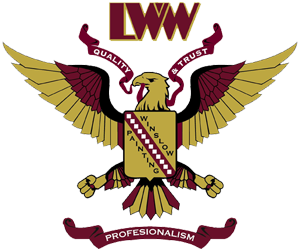We humans can perceive a vast range of color. Our eyes can discern nearly 7,000,000 different hues, shades and color. Color can intensify or change mood, and some colors can even communicate, hence the red, amber and green of the typical traffic signal. Color can be bright, subdued or dark.
Paint Colors
Typically we surround ourselves with color. And that color is most generally supplied by paint. We cover our homes with it; inside and out. Businesses use paint to influence their clientele at a subliminal level we are seldom consciously aware of. Our cars are covered in a variety of colors with some choices reflecting our personalities. We implement color in art through light, paint, stains and dyes. We spend our lives immersed in color provided by paint. But paint has two parts, the primer and the paint.
Paint Surface Adhesion
As we prepare to paint we need to know how well the surface will accept the paint we are planning on applying. Basically we need to know if it will stick. Different surfaces allow paint adhesion to varying degrees. It needs to be prepared. Concerning, wood, metal or concrete, we need the paint to stick. Exterior paint has to battle the weather resisting air and rain borne pollutants. Nothing looks as bad as peeling, cracking and flaking paint. Surface preparation is a must and may include the application of primer.
Primer Paint for Walls, Ceilings & Other Surfaces
Primer is the “underwear” of paint. It provides a layer formulated to create a smoothing layer for the paint. Primer also aids in the adhesion and extending the life of the paint. The primer has to be chosen according the surface it is applied too. Most prefer an oil-based primer over wood preventing knot bleeding and to hide stains. Water based primers, though improving, don’t seem to be as effective as oil-based primers. Over raw wood the primer seals in the seeping wood resins. On drywall the primer soaks into the paper and provides a smoother painting surface. It also covers and hides the taping lines. On metal objects a primer is a must. Metal does not provide the most adhesion friendly surface. A primer provides a solid base surface and increased paint bond. Primers cover rough surfaces, smoothing them and will hide stains and patches.
Components of Paint; Pigments, Binders & Solvents
Paint itself is made of three primary components or ingredients; pigments which add color, binders that hold it together and lastly a solvent. Solvents like water and oil are the carriers and liquefiers used to make paint liquid for application. As the solvents evaporate they leave the now solid binders and pigments behind along with the thickeners and fungicides.
Oil & Alkyd Based Paints
Oil based paints usually incorporate linseed oil to some degree, but are most likely alkyd paints using synthetic resins for the binding agent. The solvents used in alkyd paints are not as environmentally sound as water based paints, are more expensive and take longer to dry. But generally alkyd paints are more durable, last longer and retain their appearance better, particularly in high traffic areas.
Latex Paints
Latex paint uses water for the solvent and usually a synthetic polymer, similar to white wood glue as the binder. All paints work in a similar manner, the solvent used evaporates leaving behind the pigment and binder.
Interior & Exterior Painting in Amagansett, East Hampton, Southampton, Wainscott, Bridgehampton, Montauk, Sag Harbor, Shelter Island, Watermill, Westhampton & The Hamptons New York
To aid in your choice you can consult the professionals at L.W. Winslow Painting, Inc.

